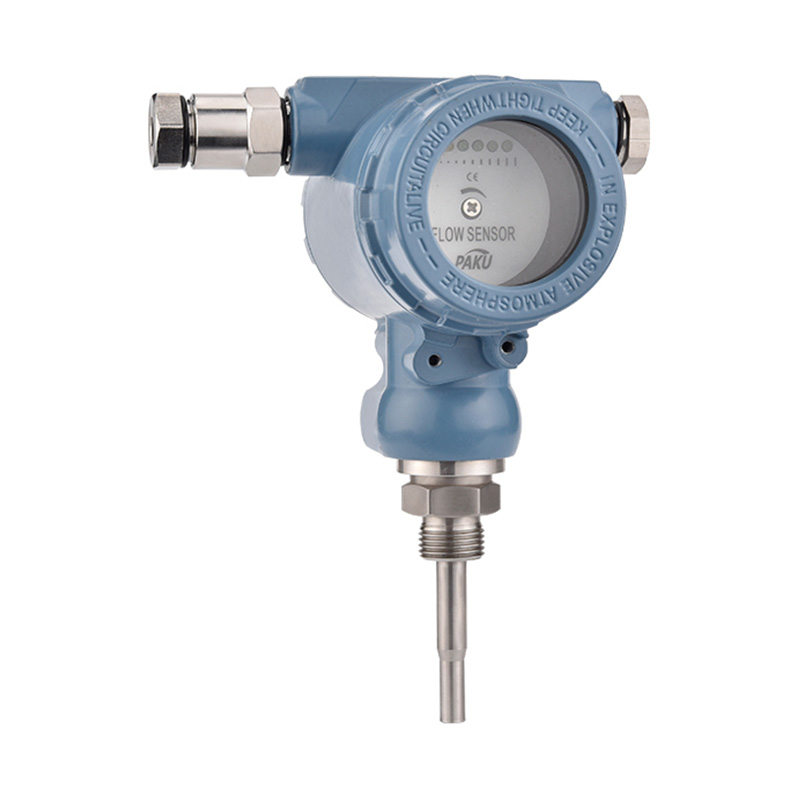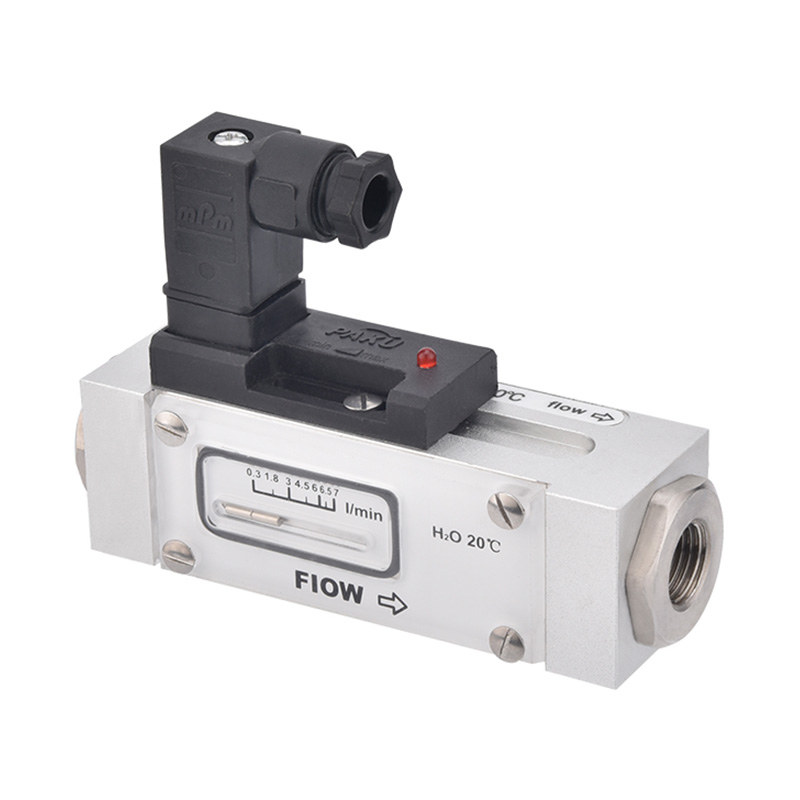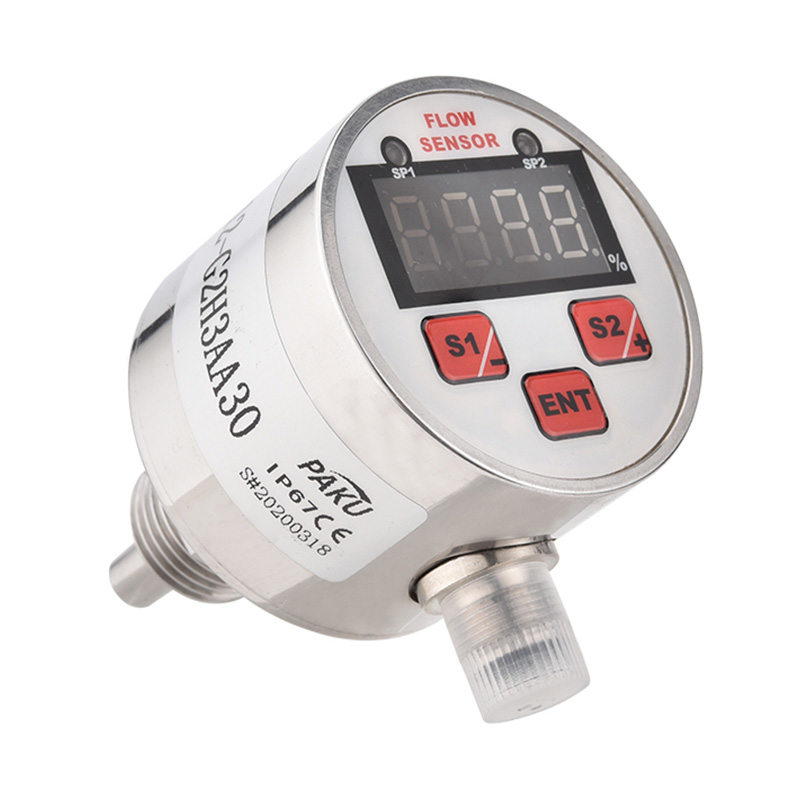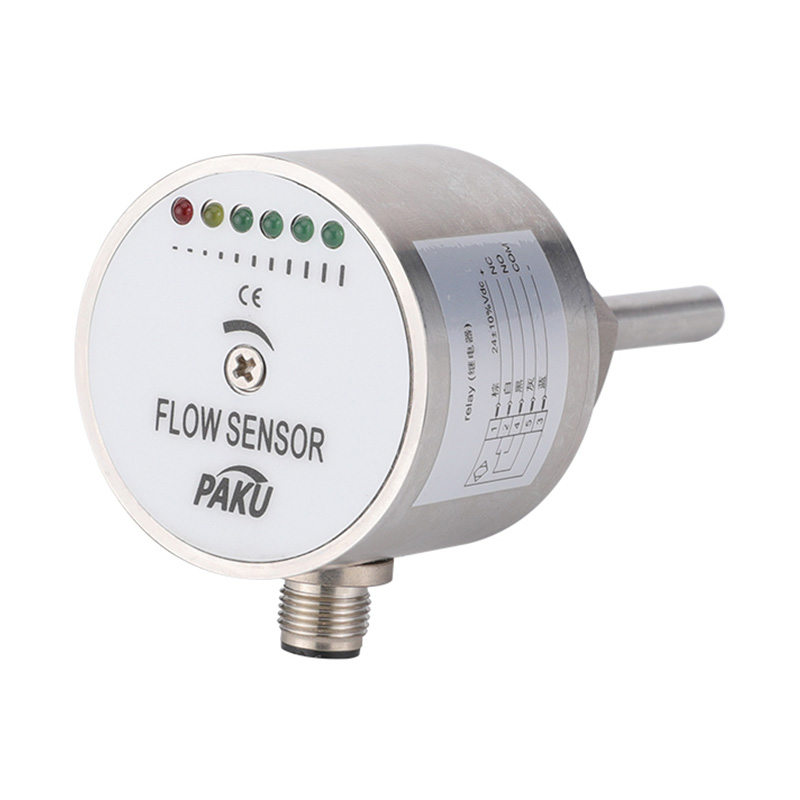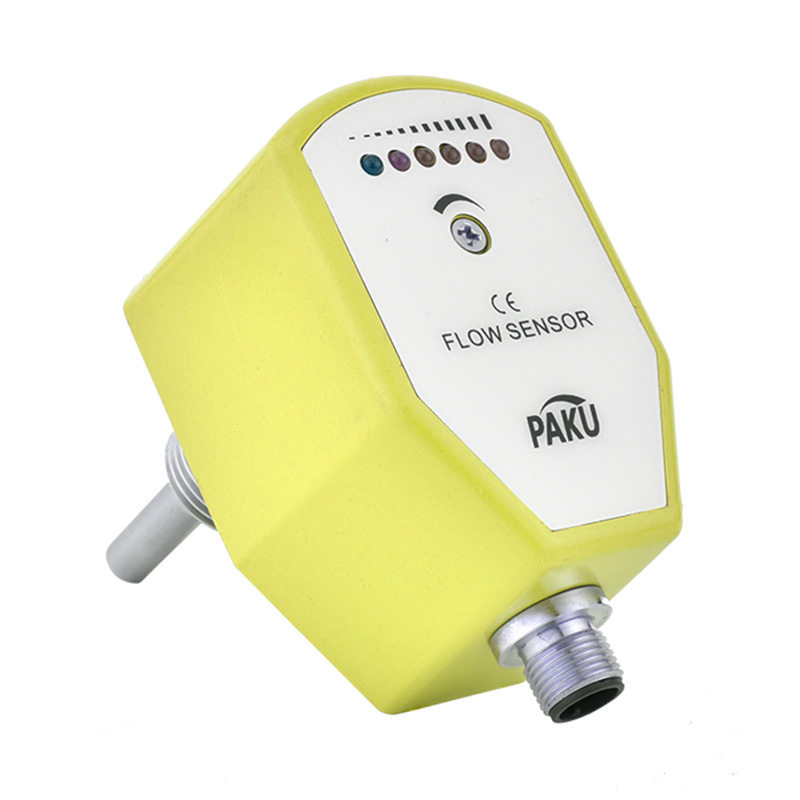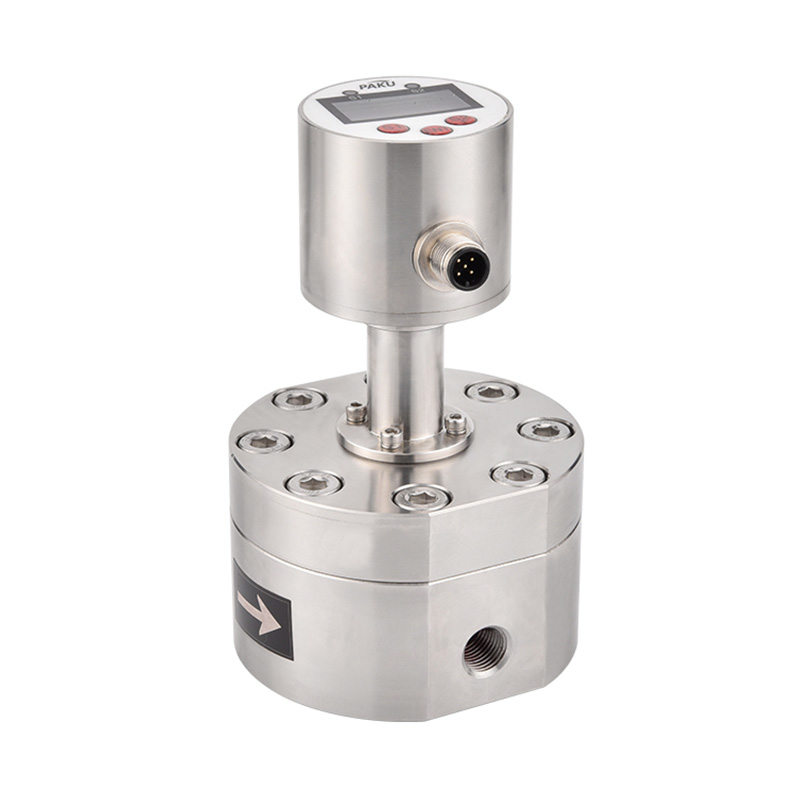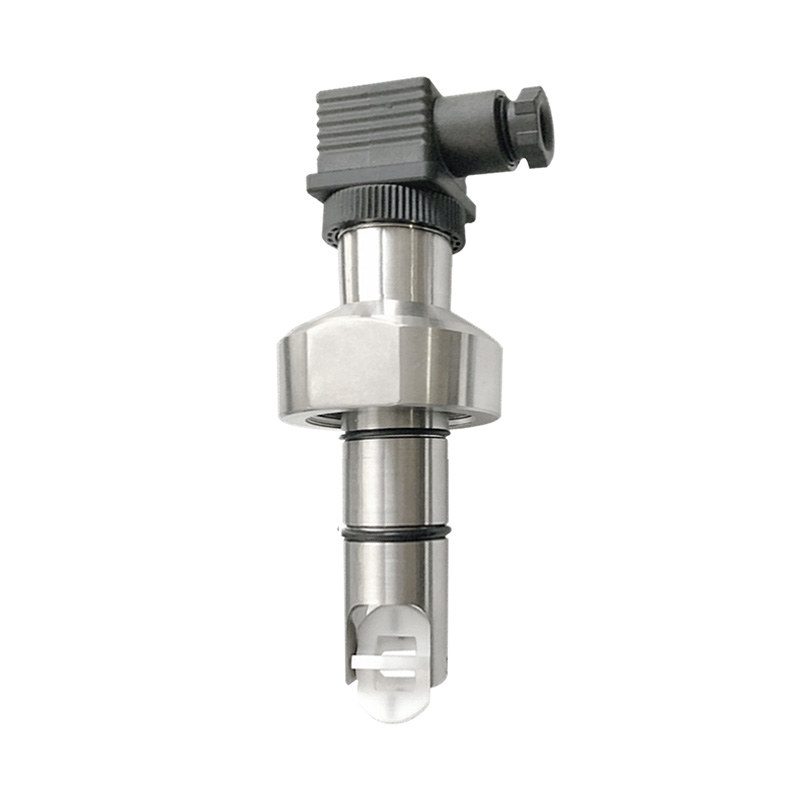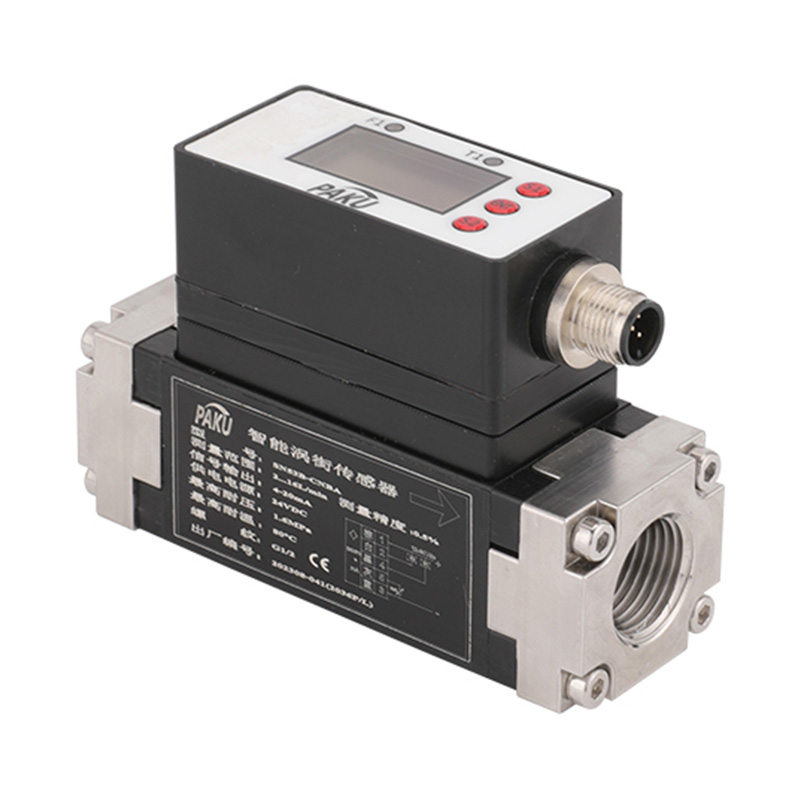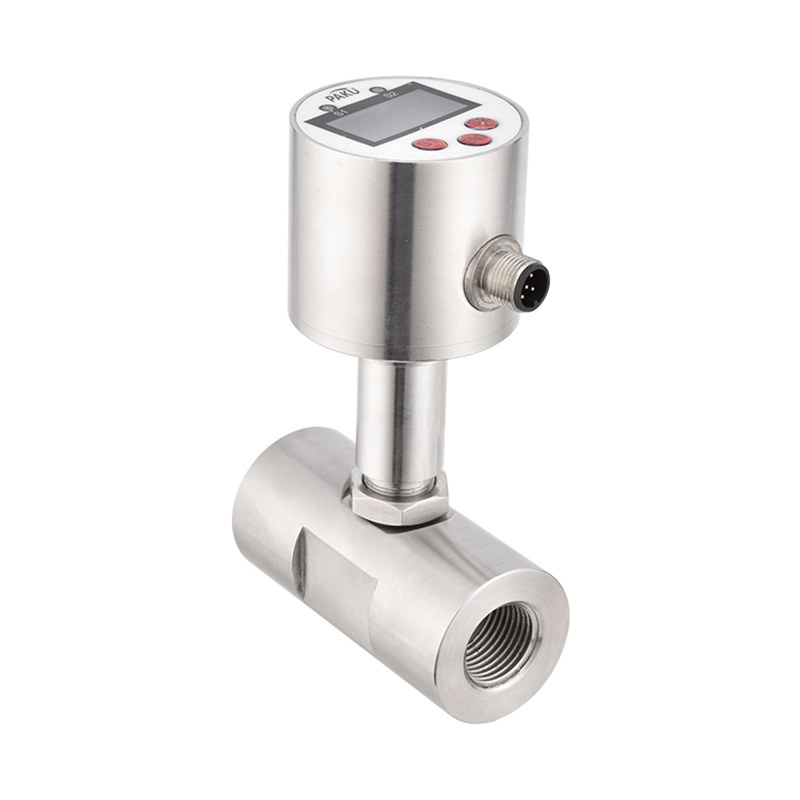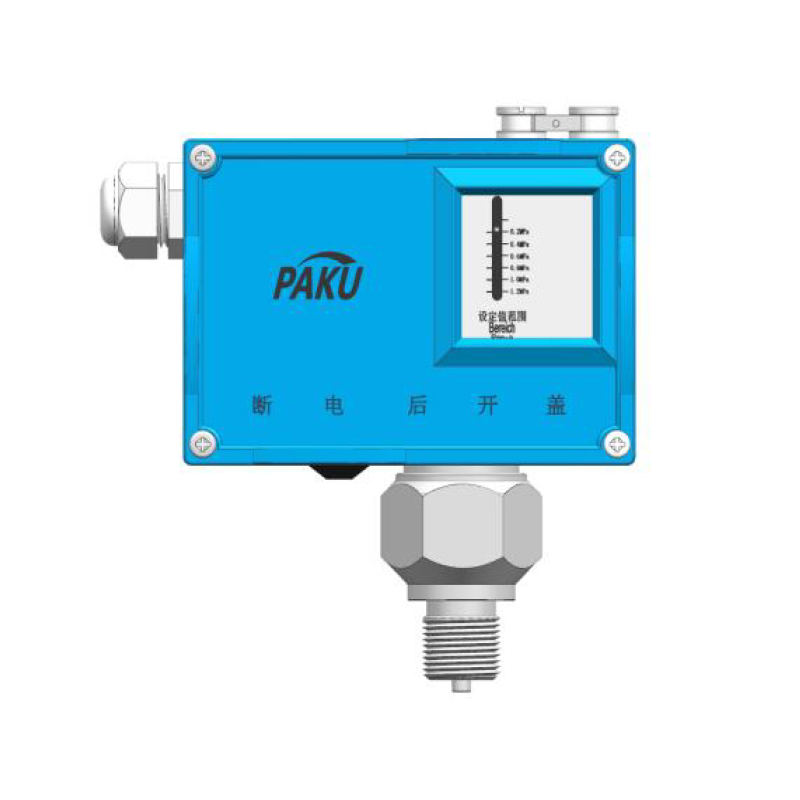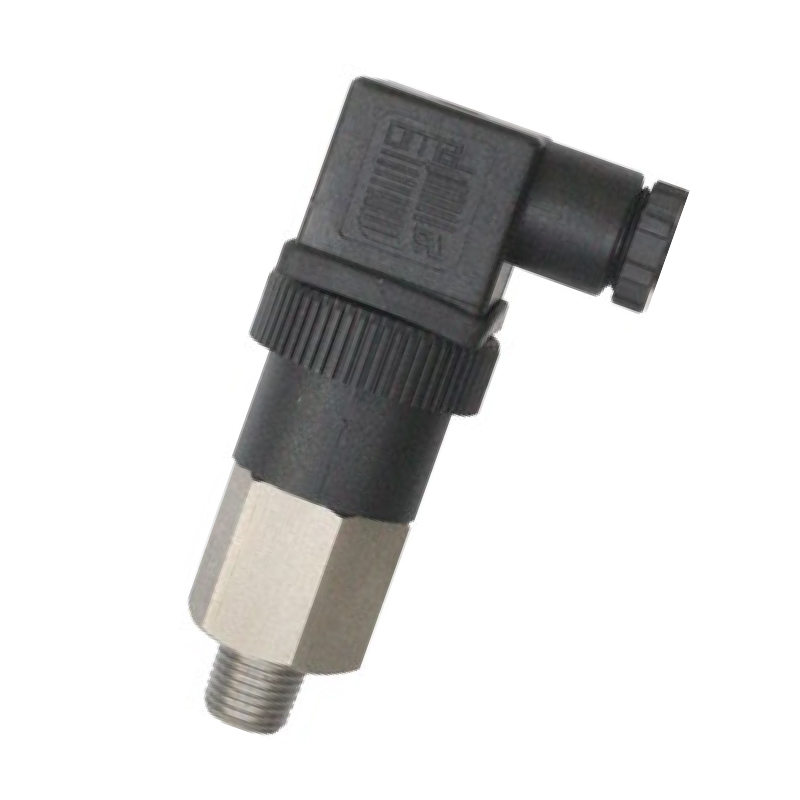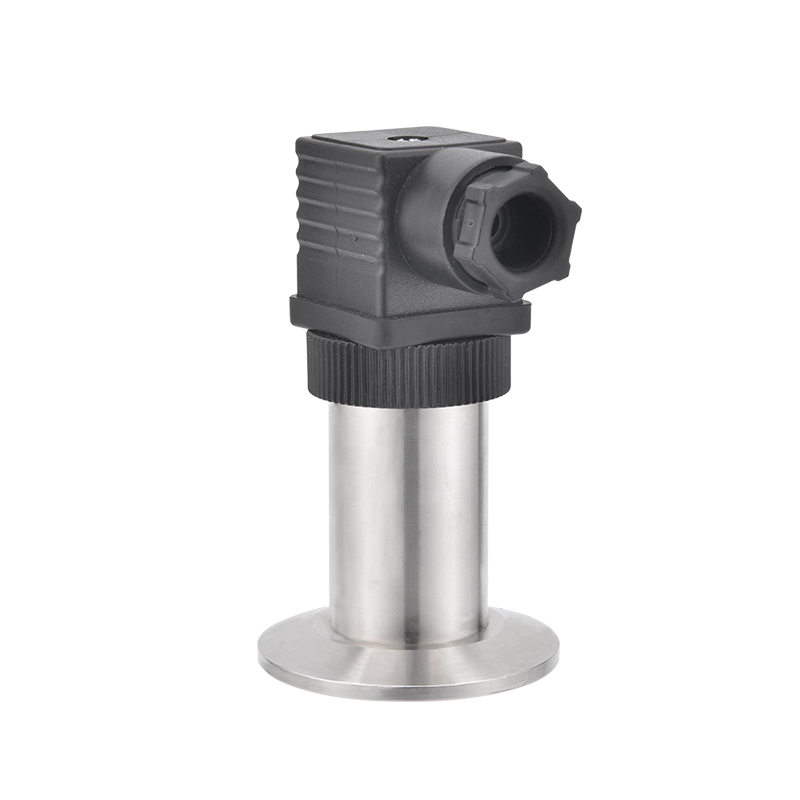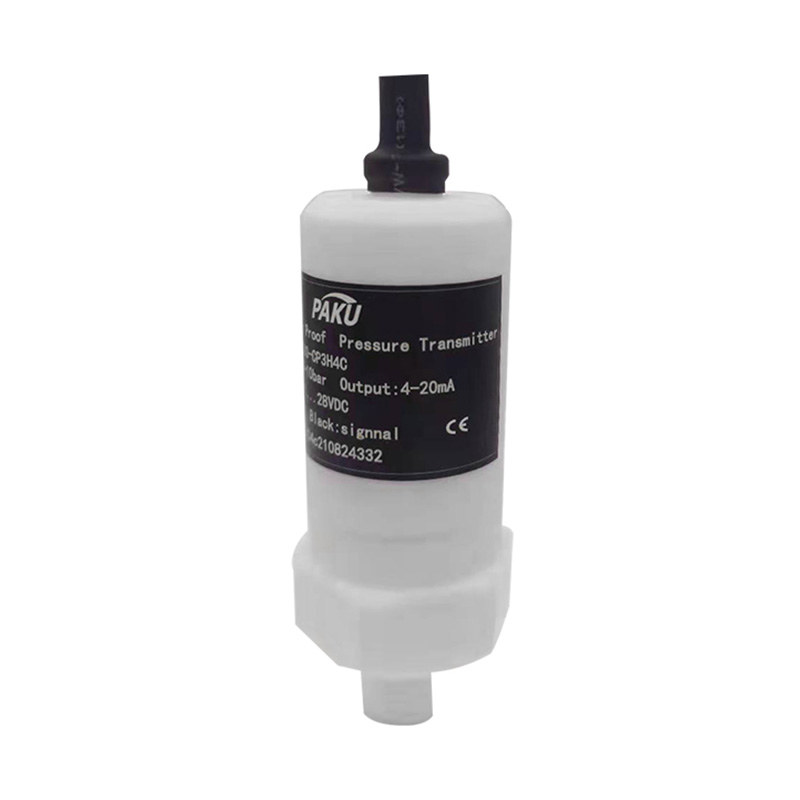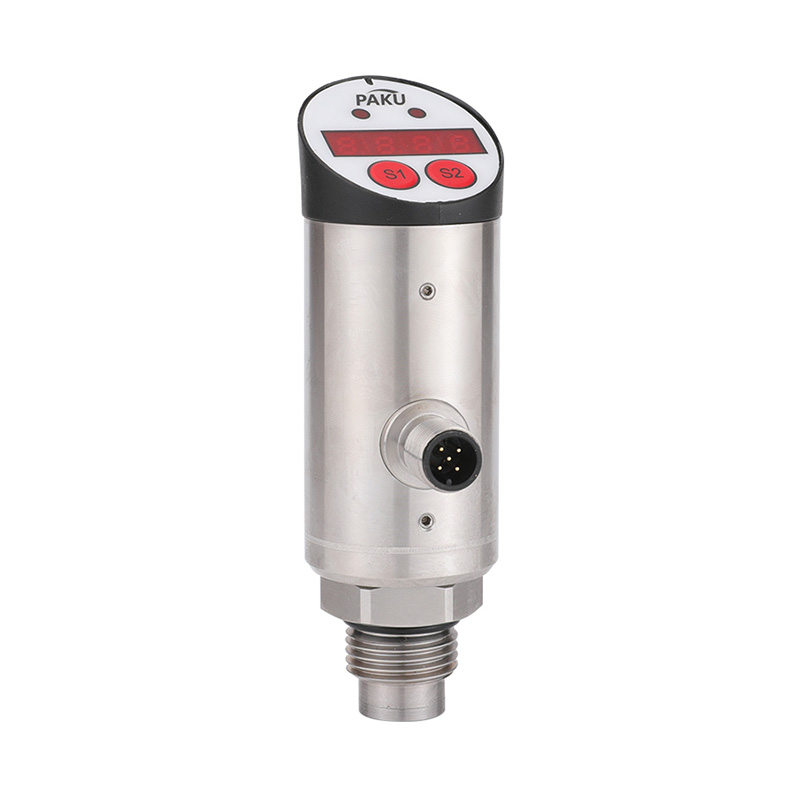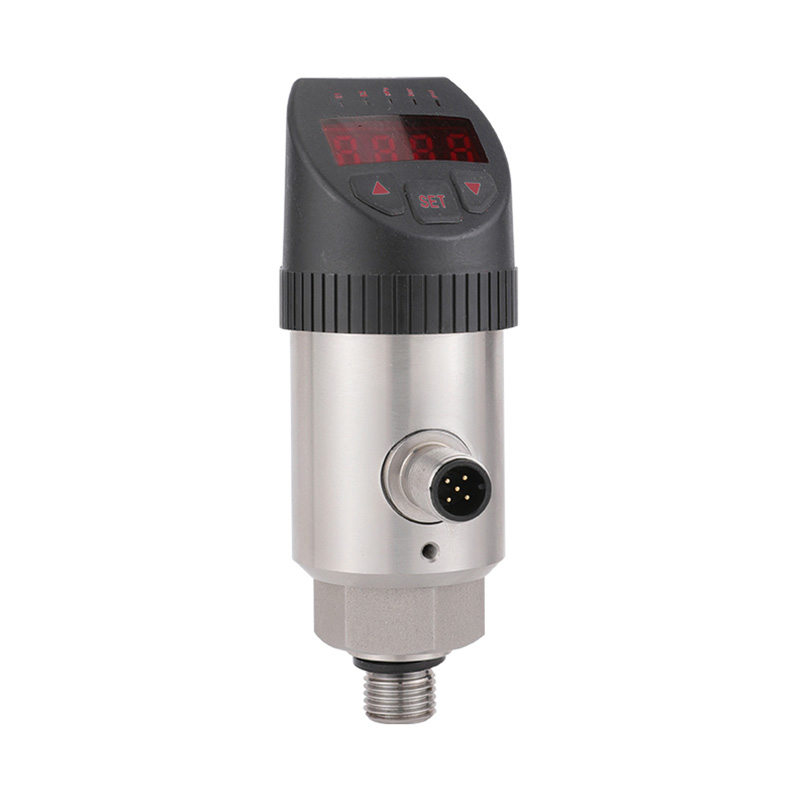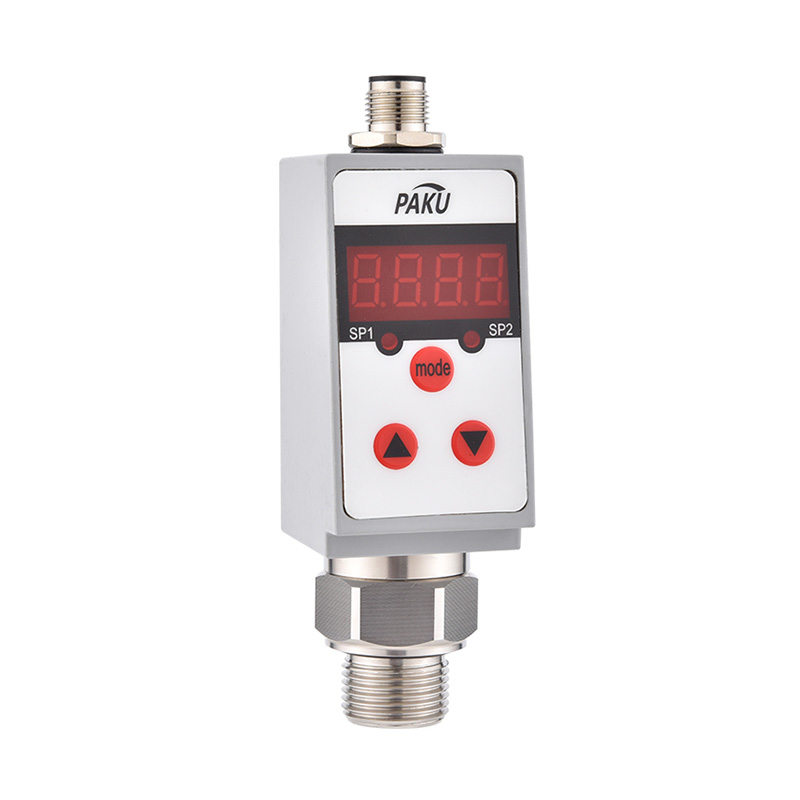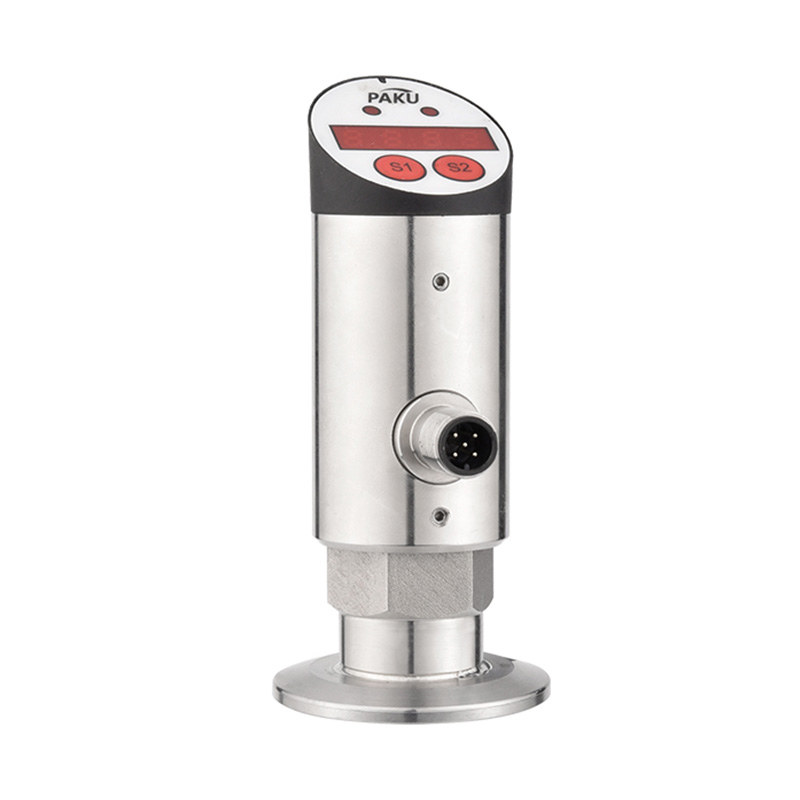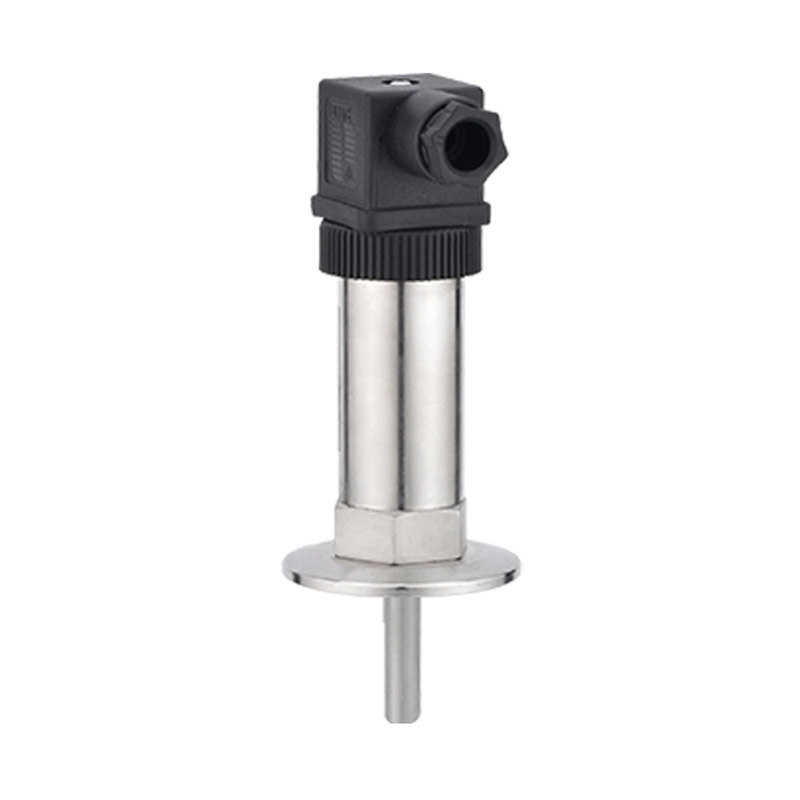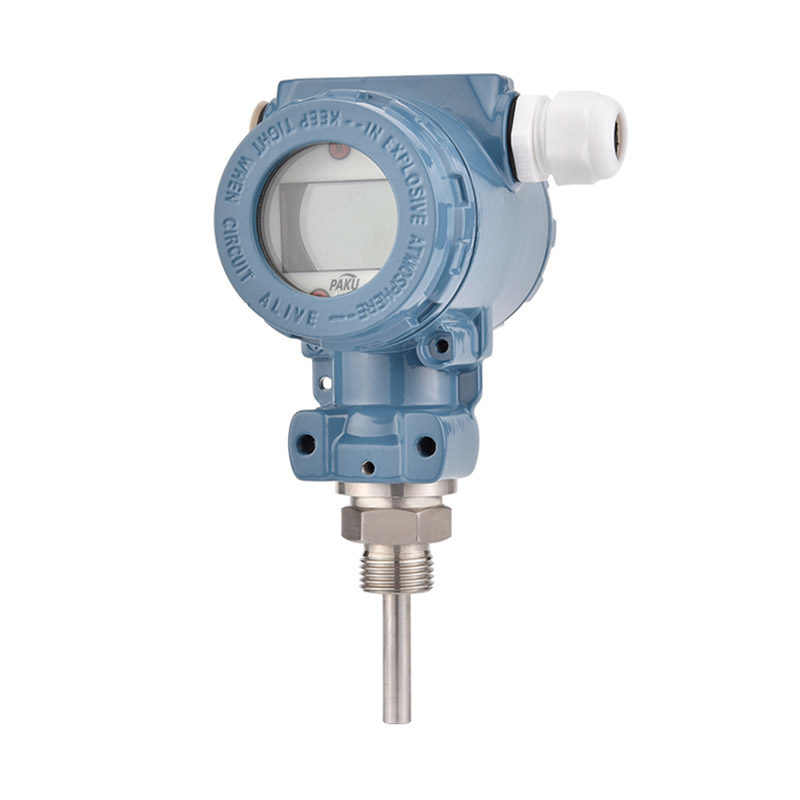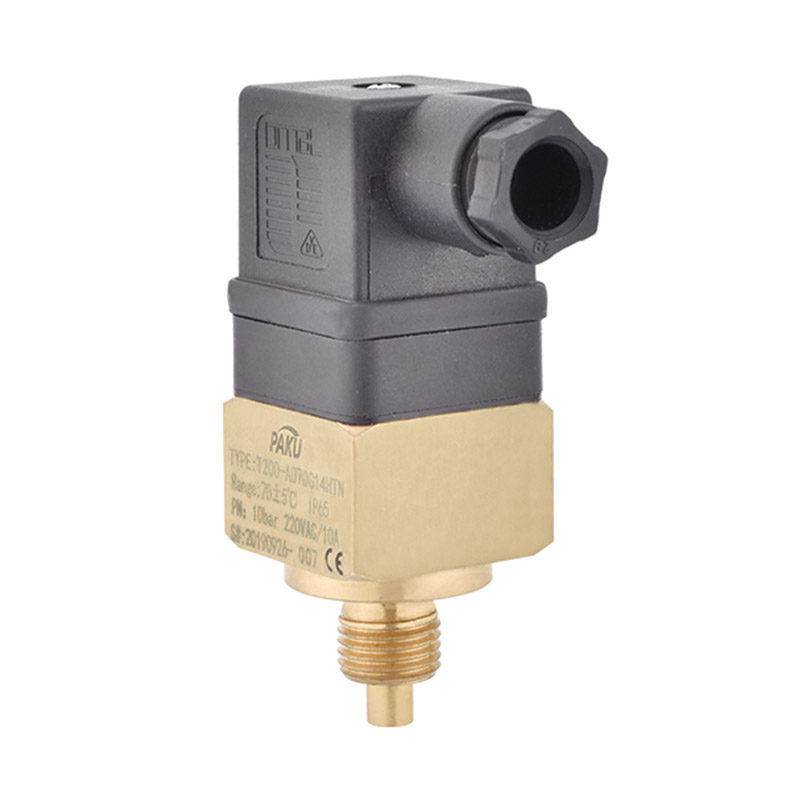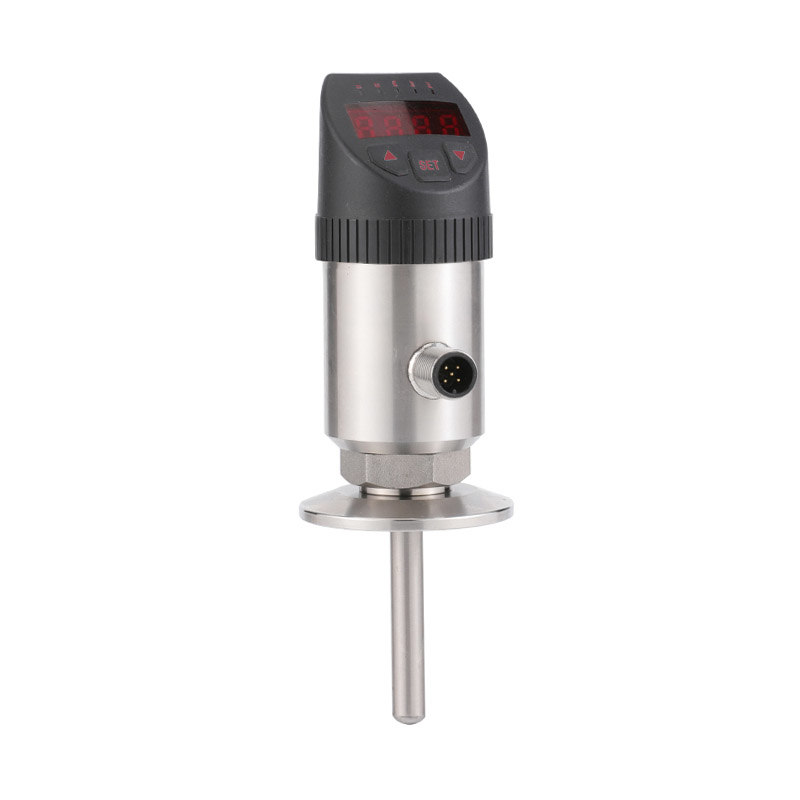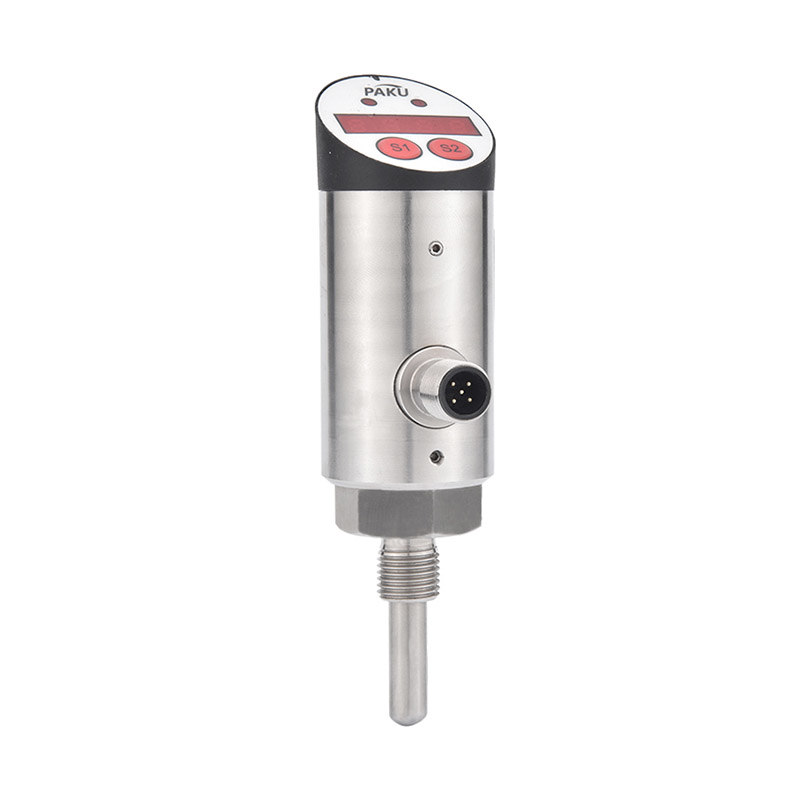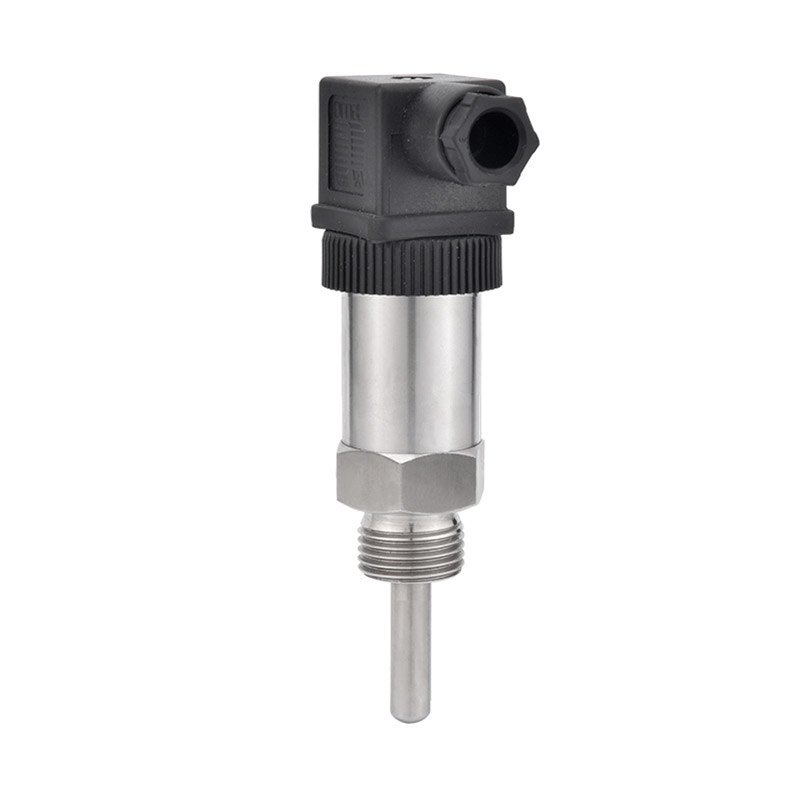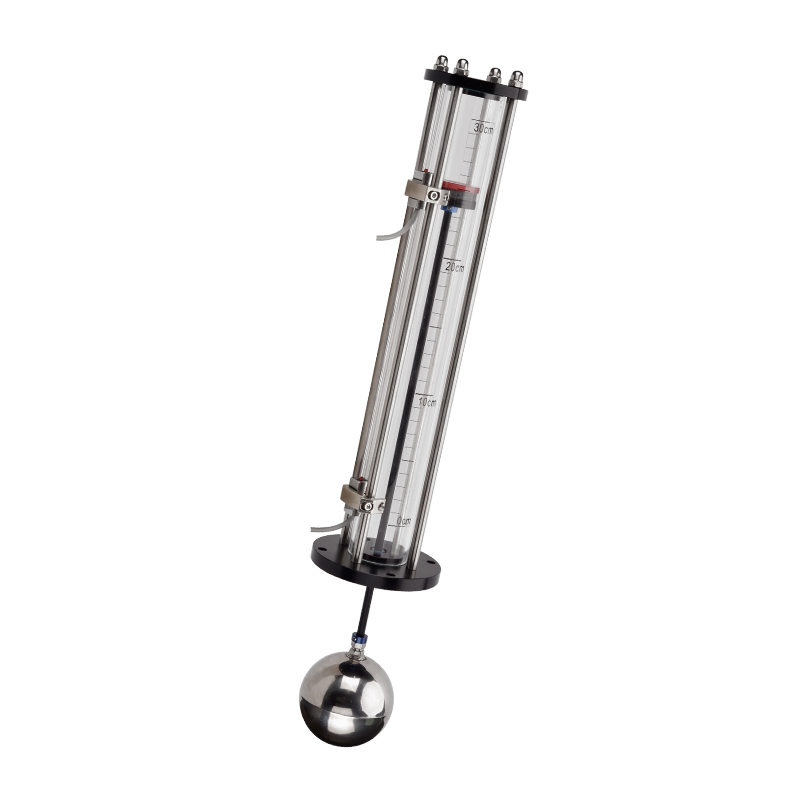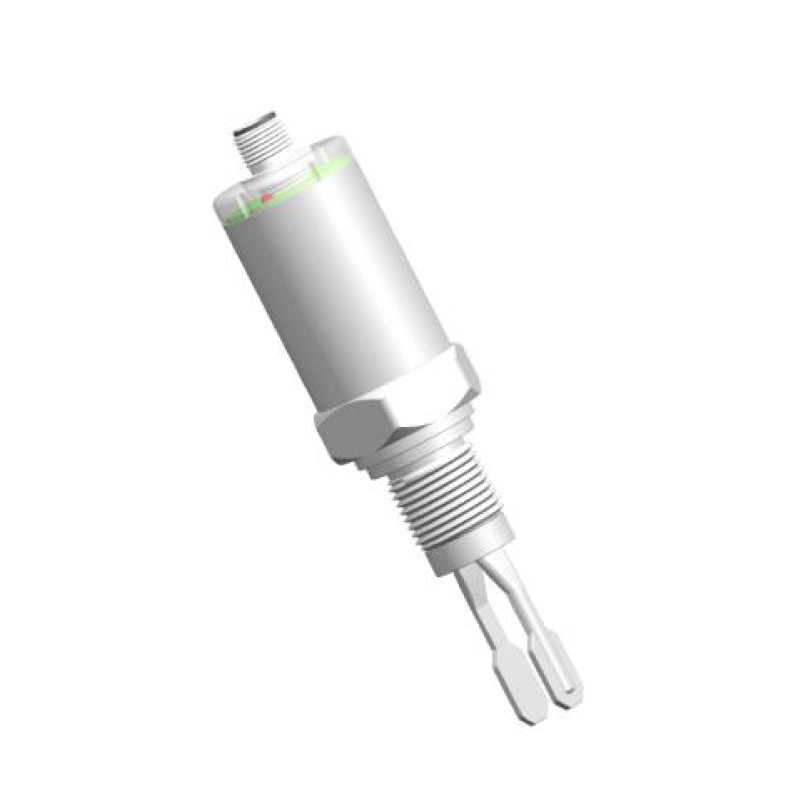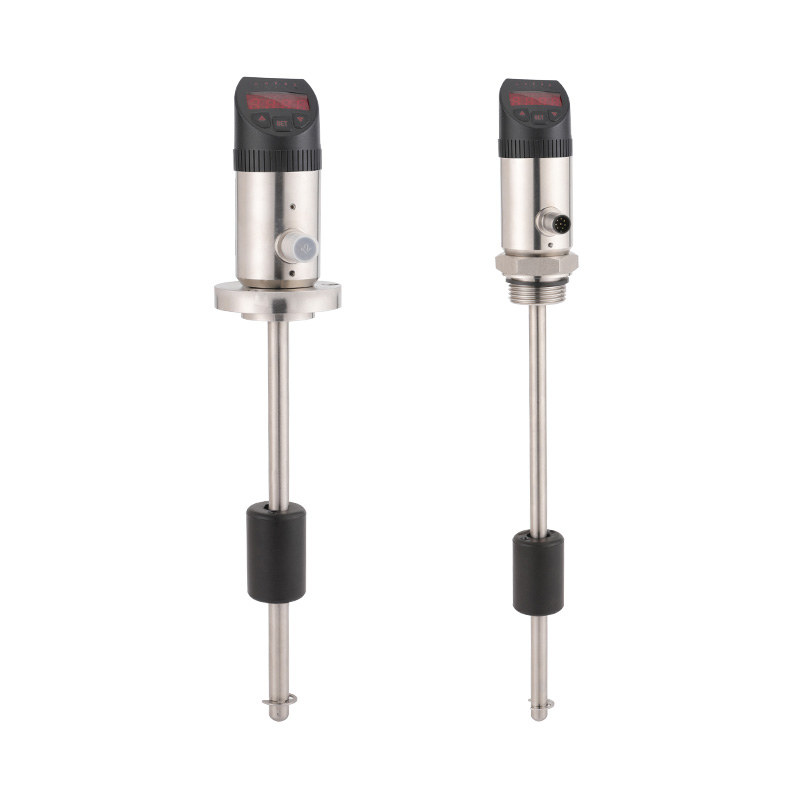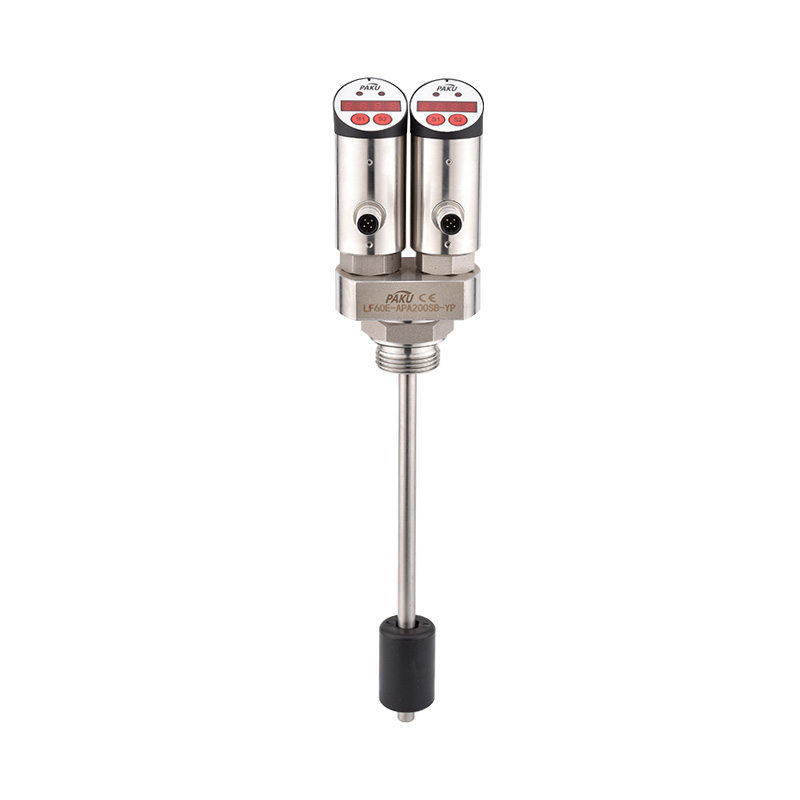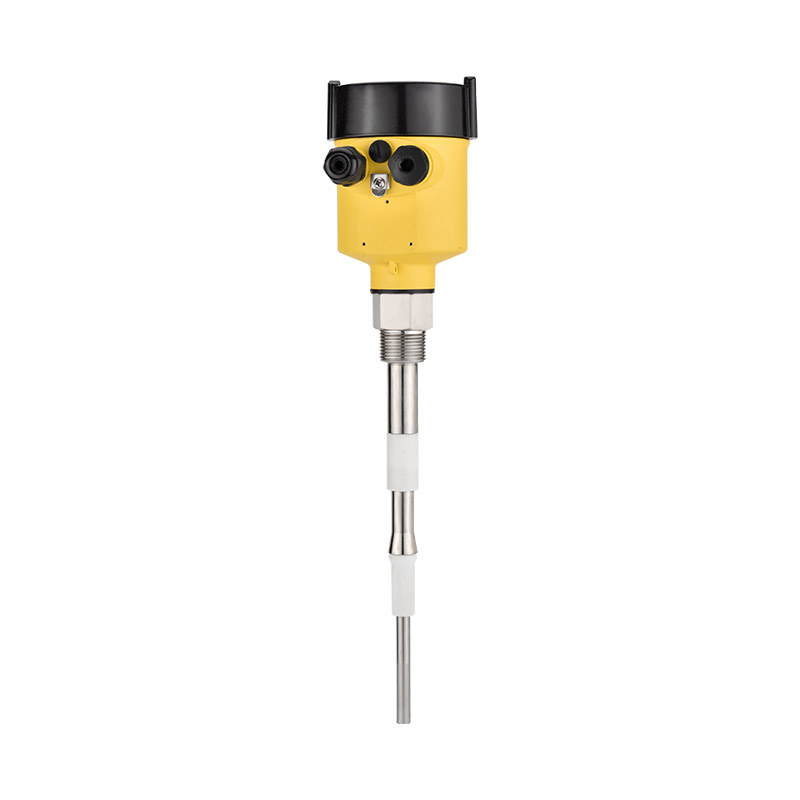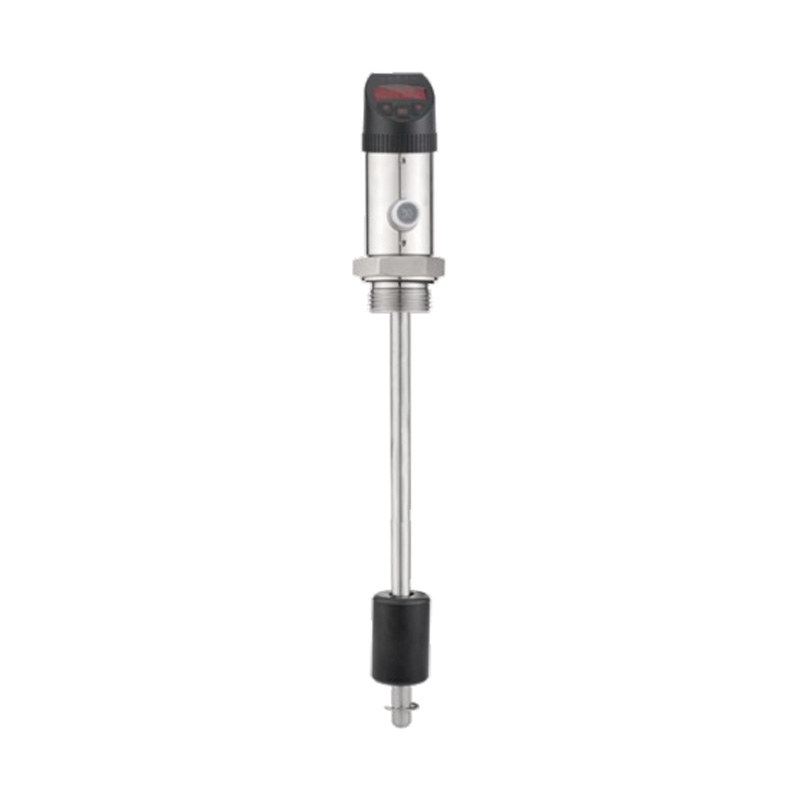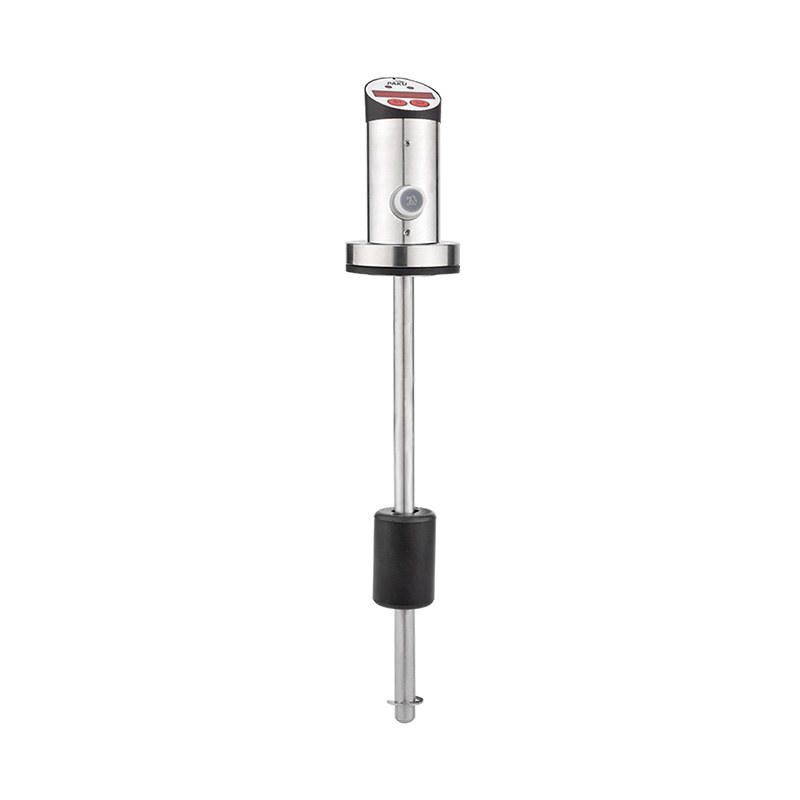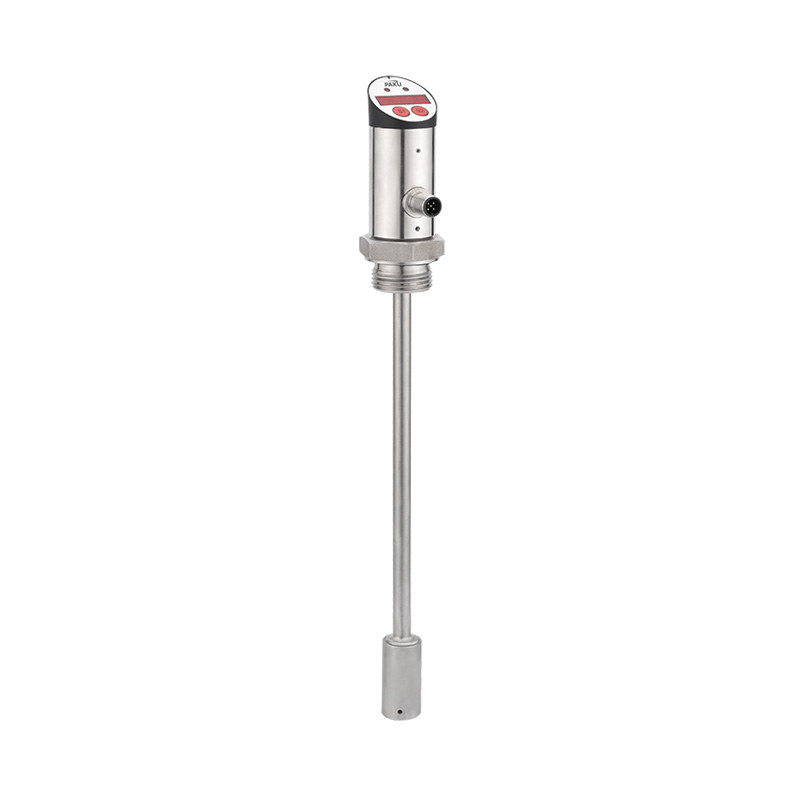If you need any help, please feel free to contact us
Laying of on-site cables for electromagnetic flowmeters.
At present, cable laying is divided into two types: open laying and concealed laying. Concealed laying means that the electromagnetic flowmeter and other industrial control instruments are considered together when designing the plant, and steel pipes for laying cables are buried in the cement floor and walls in advance. Then the cable is laid in the steel pipe by threading. Sometimes, a combination of cable trench and pre-buried method is used to solve the problem. There are two methods for open laying. One is to lay the cable along the wall and corner, and then thread the cable inside. These methods depend on the specific conditions on site. There are usually two cables between the converter and the transmitter. One is the power line that the converter provides the excitation power to the transmitter. The other is the signal line that the transmitter outputs to the converter. In order to reduce the interference of the AC power supply to the signal, the signal line and the power line are required to be laid in two steel pipes respectively, not in one steel pipe at the same time. For the kewill electromagnetic flowmeter, a cable for transmitting the induction signal of the magnetic field compensation coil or the output signal of the power transformer is also added between the transmitter and the converter. At this time, this cable can be laid in the same steel pipe as the excitation power line. When there is no external load on the output terminal of the converter outputting standard DC current, the output terminal should be short-circuited. Otherwise, the converter will indicate that the meter is open circuit and there is no indication. When connecting external indicating, recording, integrating, and controlling instruments, they should be connected in series. Pay attention to the polarity of the DC current and stipulate that the output load does not exceed 2 kilo-ohms.

 en
en English
English Русский
Русский España
España عرب .
عرب .